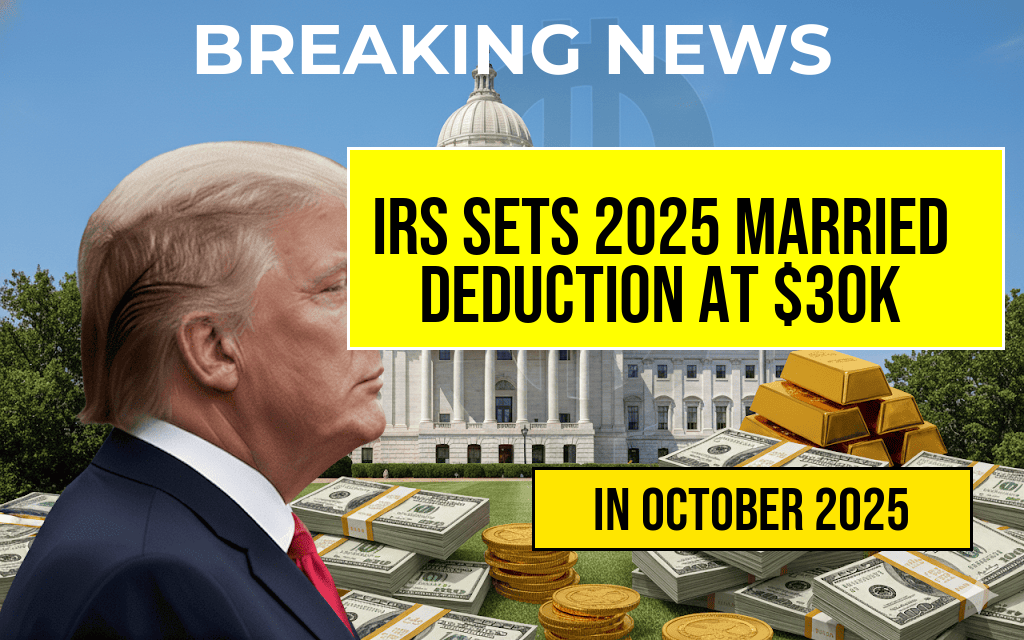The countdown has begun for millions of student loan borrowers as the U.S. government prepares to reinstate the tax on forgiven student loan balances starting January 1, 2024. This policy change marks a significant shift in the landscape of student debt relief, particularly affecting those who have benefited from the recent wave of student loan forgiveness programs. The anticipated tax implications could mean that individuals who receive forgiveness of up to $20,000 will face unexpected tax liabilities, raising concerns about the overall financial impact on borrowers already struggling with student debt. As the deadline approaches, many are left grappling with questions about how this will affect their financial futures.
Understanding the Tax Implications of Student Loan Forgiveness
Under current federal law, any amount of student debt forgiven is considered taxable income. This means that borrowers who have their student loans forgiven could see a significant tax bill when they file their taxes for the year in which the forgiveness occurs. The resumption of this tax policy is particularly concerning given the ongoing financial strain many borrowers are experiencing.
What Borrowers Need to Know
- Forgiveness Amounts: The Biden administration’s relief plan offered a maximum of $20,000 in forgiveness for eligible borrowers, particularly those who received Pell Grants.
- Tax Status: Starting in January 2024, borrowers should prepare for the possibility of a tax bill based on the amount of debt forgiven.
- State Tax Considerations: Some states may impose their own taxes on forgiven student loans, adding another layer of complexity for borrowers.
Recent Developments in Student Debt Relief
The landscape of student debt relief has seen significant changes over the past few years, primarily driven by government initiatives aimed at alleviating financial burdens on borrowers. The introduction of programs like the Public Service Loan Forgiveness (PSLF) has provided some relief, but these efforts have also faced criticism for their complexity and limited reach. As the tax implications of these forgiveness programs come back into play, many borrowers are left questioning the viability of relying on such relief.
Impact on Borrowers
The reinstatement of taxes on forgiven student balances could affect borrowers in several ways:
- Financial Planning: Borrowers are urged to reassess their financial plans and consider the potential tax liabilities associated with loan forgiveness.
- Tax Preparation: Engaging with tax professionals may become crucial for borrowers to navigate the complexities of their tax obligations.
- Advocacy and Awareness: Advocates for student debt relief are calling for clearer communication from the government regarding the tax implications and support for affected borrowers.
Future of Student Loan Forgiveness
With the tax on forgiven balances set to resume, many advocates are urging lawmakers to reconsider the tax implications associated with student debt relief programs. Some proposals suggest the need for legislation that would exempt forgiven student loans from federal taxation entirely. This change could provide much-needed assistance to borrowers, allowing them to benefit fully from debt relief initiatives.
Potential Legislative Changes
As discussions surrounding student debt continue, the possibility of new legislation remains a topic of interest. Key points for consideration include:
- Legislative Proposals: Several lawmakers have introduced bills aimed at eliminating taxes on forgiven student loans.
- Public Support: There is growing public support for reforming student debt policies, which could influence future legislation.
- Long-term Solutions: Experts emphasize the need for systemic change in the student loan system to prevent future burdens on borrowers.
Resources for Borrowers
For borrowers looking for assistance or more information regarding their options, several resources are available:
- U.S. Department of Education – Official updates on student loan policies and forgiveness programs.
- Forbes – Tax Implications on Student Loan Forgiveness – A detailed article on the tax impacts of student loan forgiveness.
- Consumer Financial Protection Bureau – Provides guidance on managing student loans and understanding borrower rights.
As the January deadline approaches, borrowers must stay informed about the implications of student loan forgiveness and the potential tax liabilities that may arise. With advocacy efforts ongoing, the future of student debt relief remains uncertain, making it essential for borrowers to be proactive in managing their finances.
Frequently Asked Questions
What is the Student Debt Amnesty program?
The Student Debt Amnesty program refers to a government initiative aimed at providing debt relief to borrowers by forgiving a portion of their student loans, specifically up to $20,000 in some cases.
When does the tax on forgiven balances resume?
The tax on forgiven balances is set to resume on January 1. This means that borrowers who receive loan forgiveness may be subject to taxes on the amounts forgiven after this date.
Who qualifies for debt relief under the program?
Eligibility for debt relief typically includes federal student loan borrowers who meet specific income thresholds and have loans under qualifying programs. It’s important to check the latest guidelines to determine your eligibility.
What should borrowers do to prepare for the upcoming tax implications?
Borrowers should consult with a tax professional to understand the potential tax implications of any forgiven student debt. They should also keep records of any communications and documentation related to their loans and forgiveness.
How can I stay updated about changes to student debt policies?
To stay informed about changes to student debt policies, borrowers should regularly check the official websites of the Department of Education and other relevant financial aid resources, as well as subscribe to newsletters or updates from trusted financial advisors.





